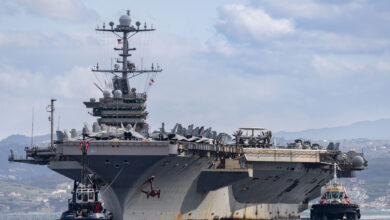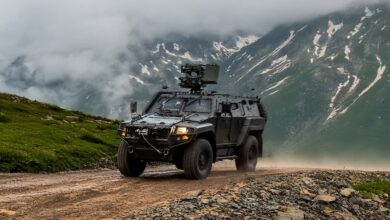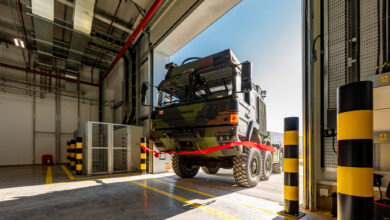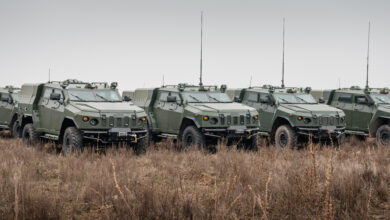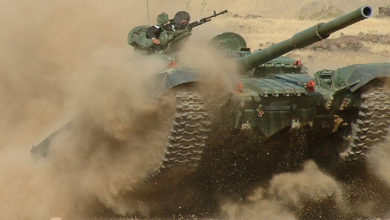US Navy Teams With Indiana Racing Community on Tactical Hybrid-Electric Vehicle Program
The US Navy has partnered with the Indiana racing community to develop the service’s latest hybrid-electric vehicle.
Led by the Naval Surface Warfare Center (NSWC) Crane Division, the program was established in 2015 to develop an off-road vehicle for expeditionary forces.
The effort focuses on a land asset that can traverse rough terrain without relying on traditional fuel.
“We identified the science and technology requirements to put high-energy payloads in small, transportable vehicles,” NSWC Crane Tactical Hybrid-Electric Vehicle Project Lead Braden Yake explained.
“Back then, high energy payloads needed heavy vehicles to support them. Building this type of solution hadn’t been done before.
“Our team is small and agile enough to routinely design, develop, and build prototypes; we initially leveraged internal Naval Innovative Science & Engineering funding to build an electric vehicle to meet the Warfighter’s requirements.”
Racing Solutions for a Tactical Vehicle
The US Navy has provided durable and lightweight concept designs for the hybrid vehicle. To finalize production, the project team collaborated with an Indianapolis-based racing firm to leverage its expertise in speedway competitions and vehicle manufacturing.
“The Indiana racing community was synonymous with military work because of the amount of engineering required for a rugged, high performance solution,” Yake stated.
“They build vehicles to gain any edge they can get on the track, resulting in a higher-than-standard automobile. They are more adept at pushing the envelope. They were also motivated to help make the military better as well.”
Supporting US Defense
Although creating the next-generation hybrid vehicle is challenging, the effort will yield tremendous advantages in the future for US defense, according to Yake.
“Commercial electric vehicles aren’t off-road capable and don’t function in a more demanding environment,” the project lead said.
“We started this process to provide a capability for the military, and the further we got in the process, the more we are in uncharted territory. Industry doesn’t have an off-the-shelf solution to date…and the pace is picking up faster over time as we continue to develop capabilities.”
“There are more opportunities to help others in the Department of Defense with this capability.”






